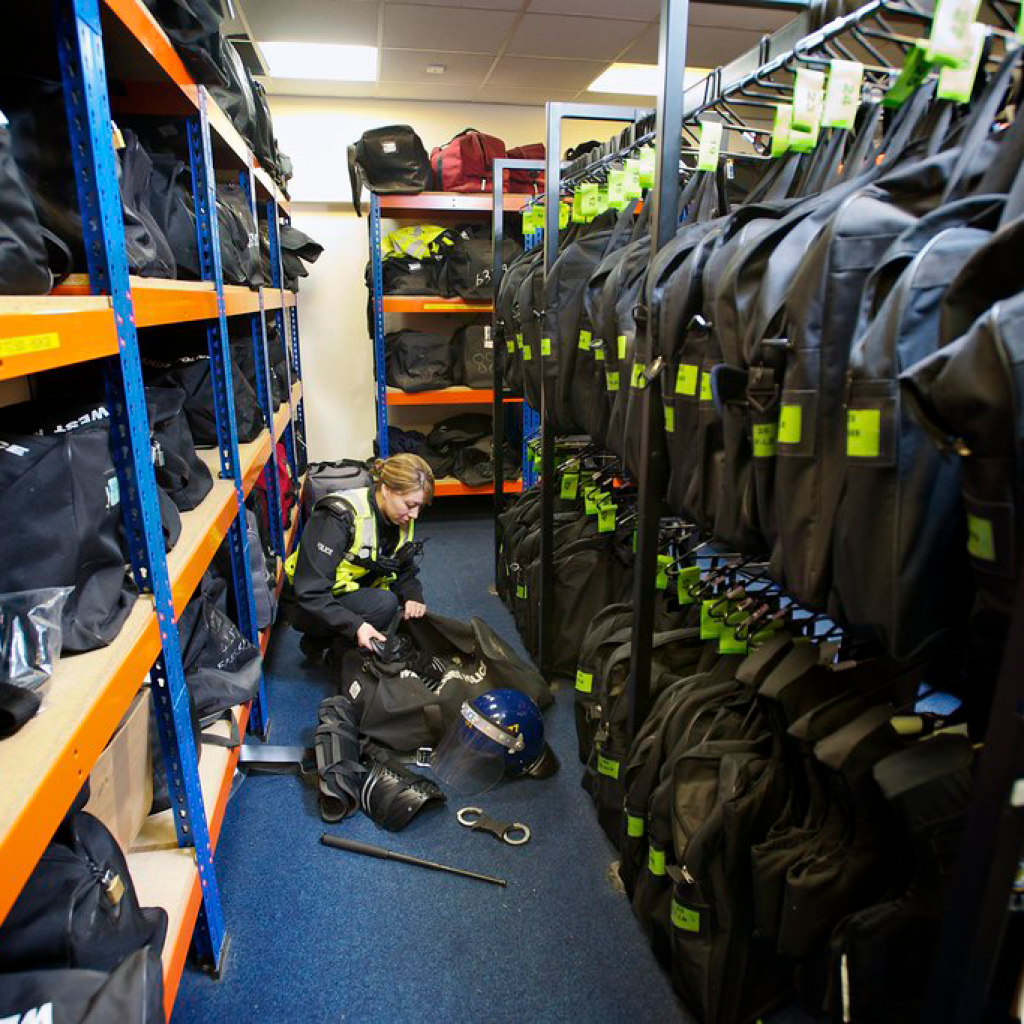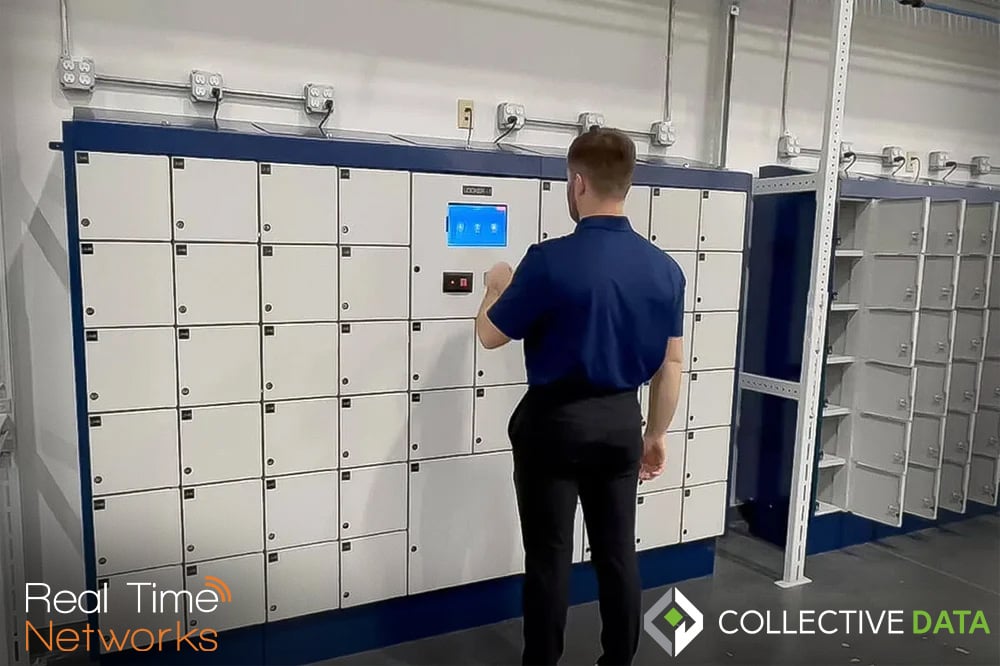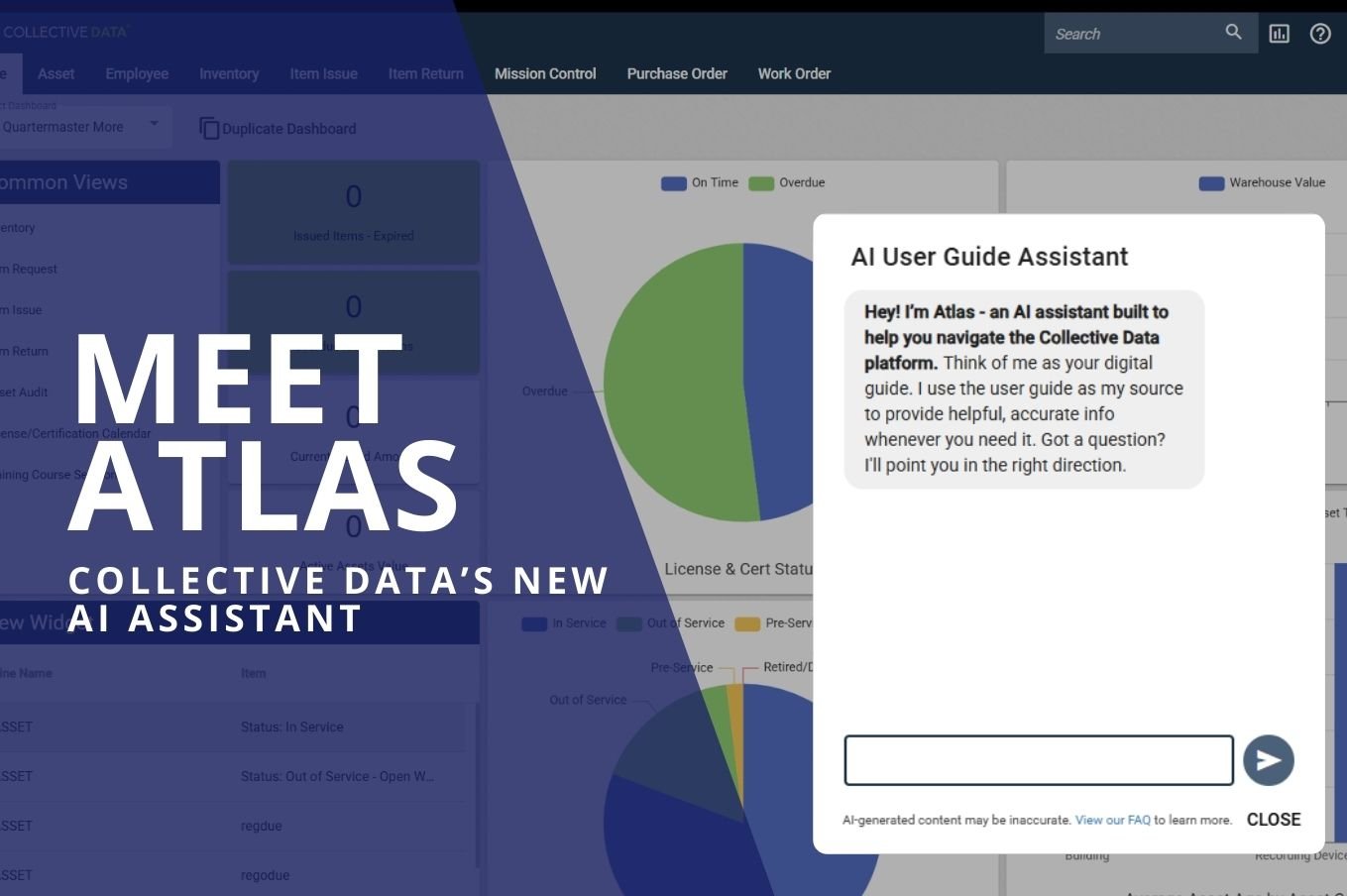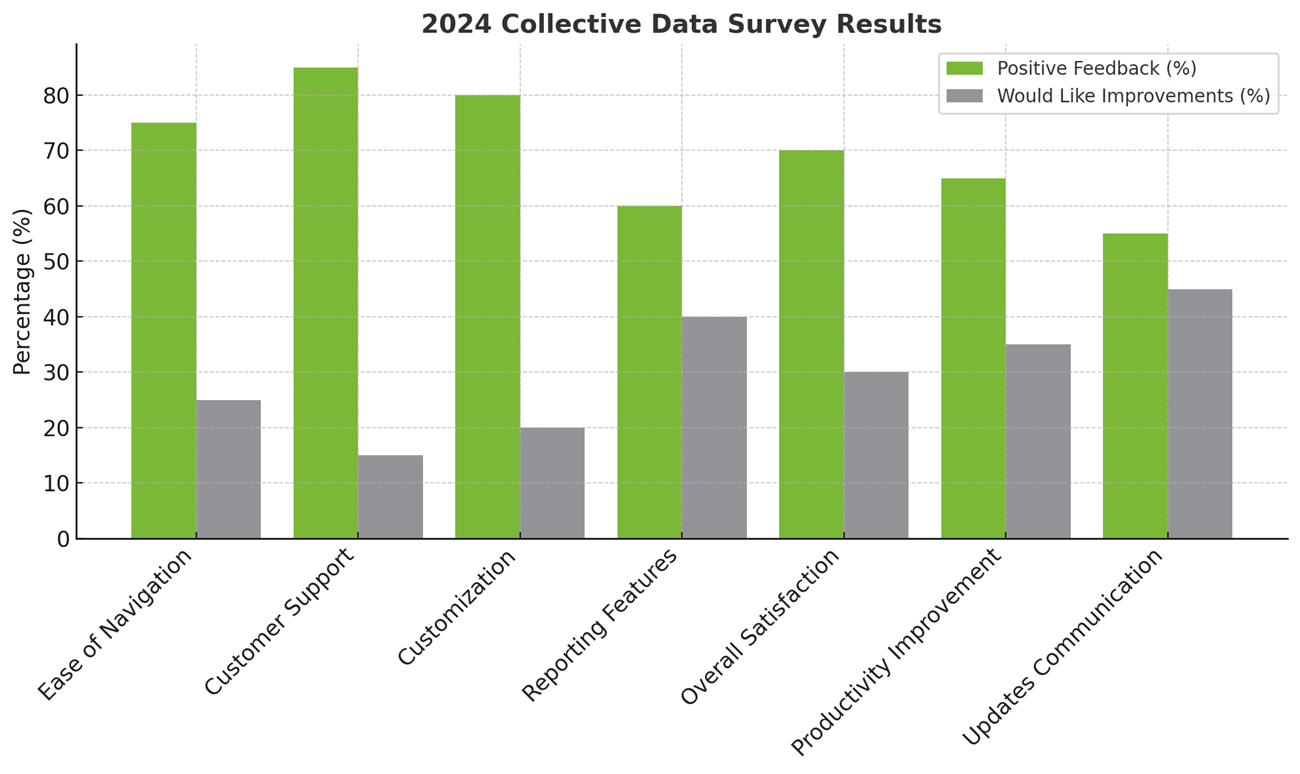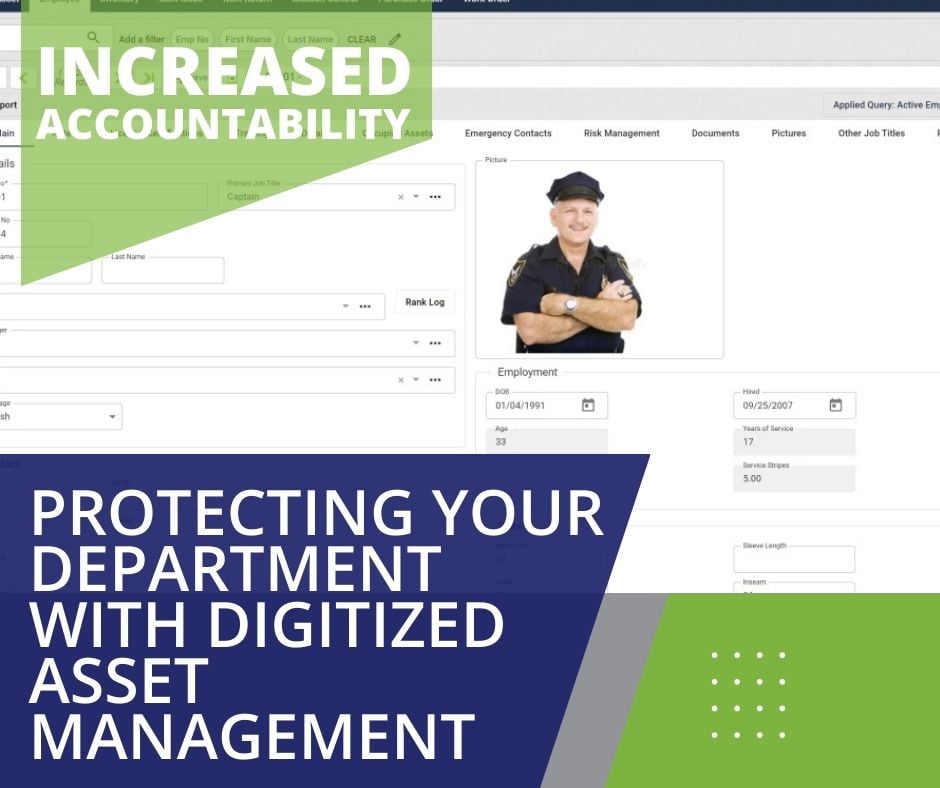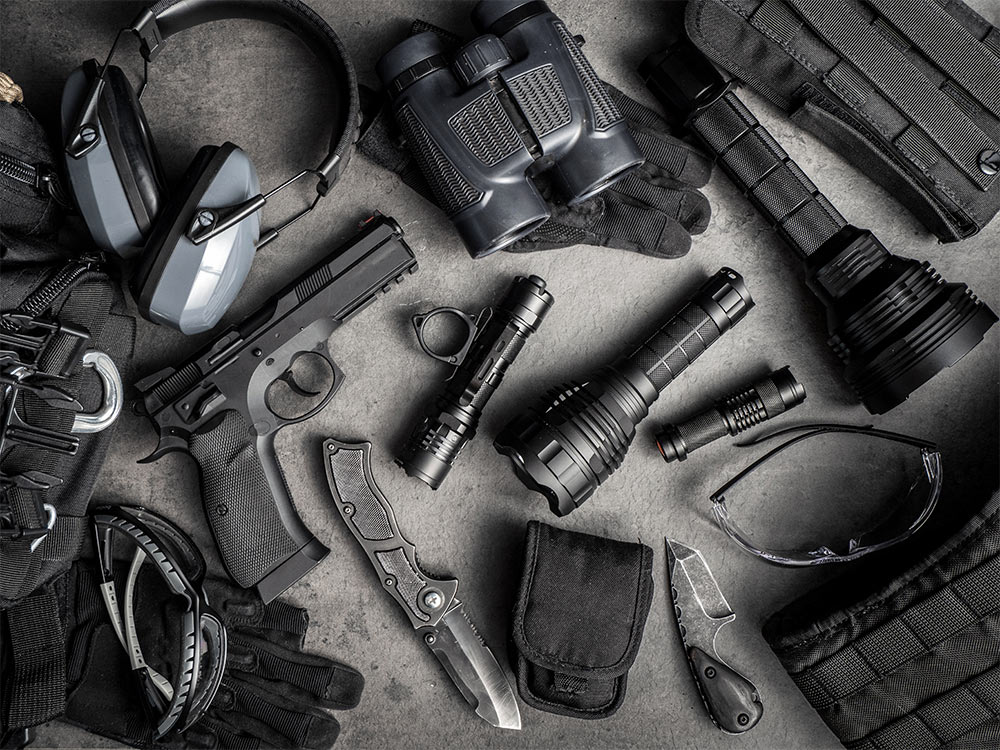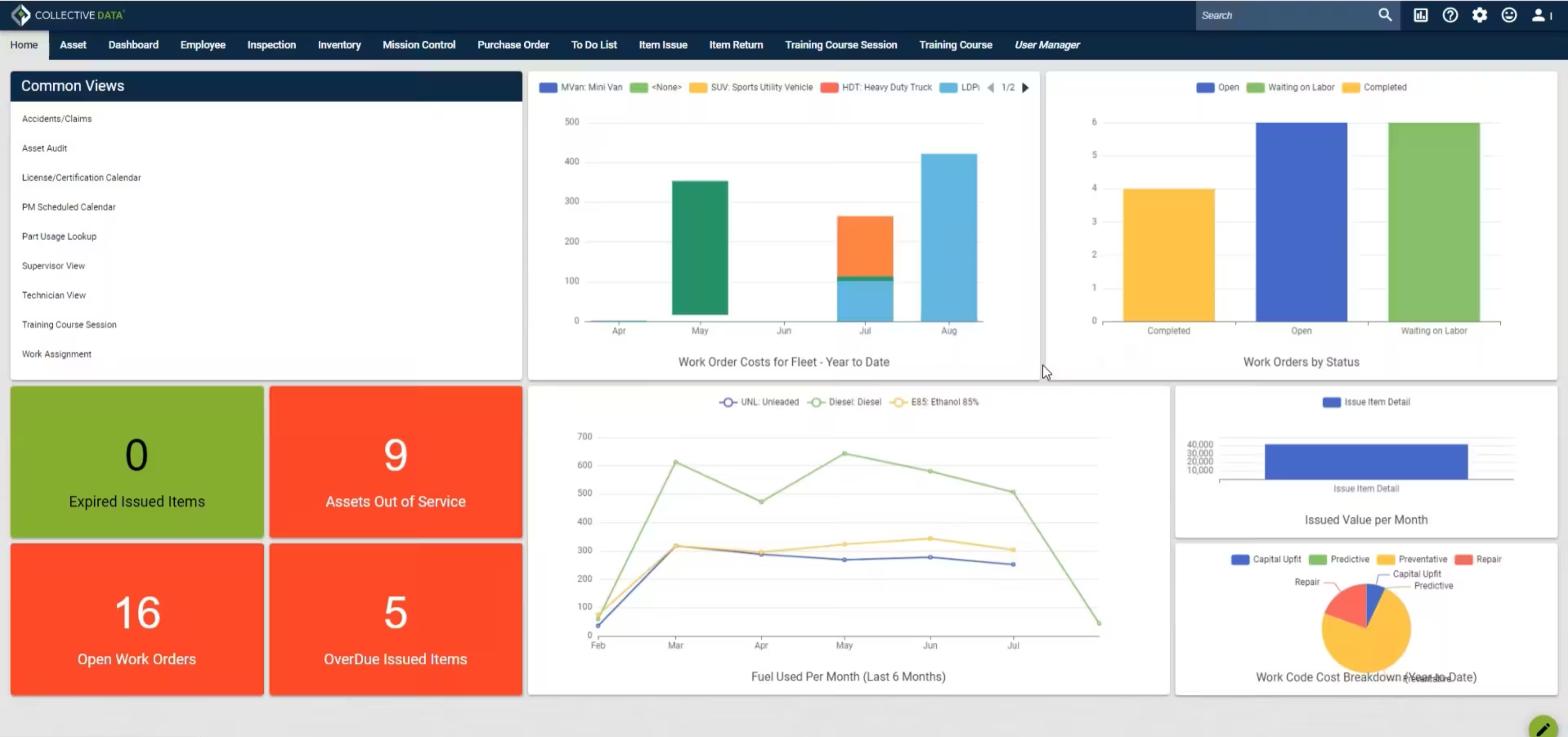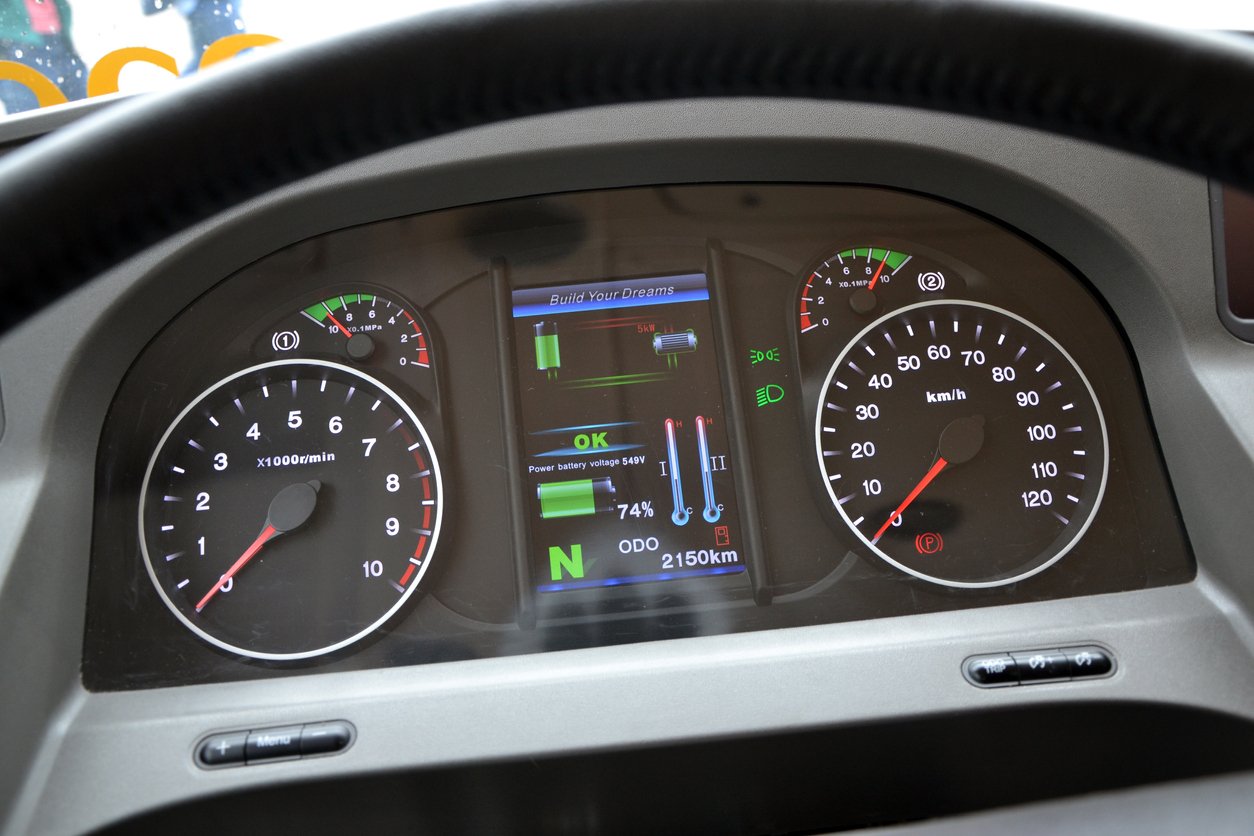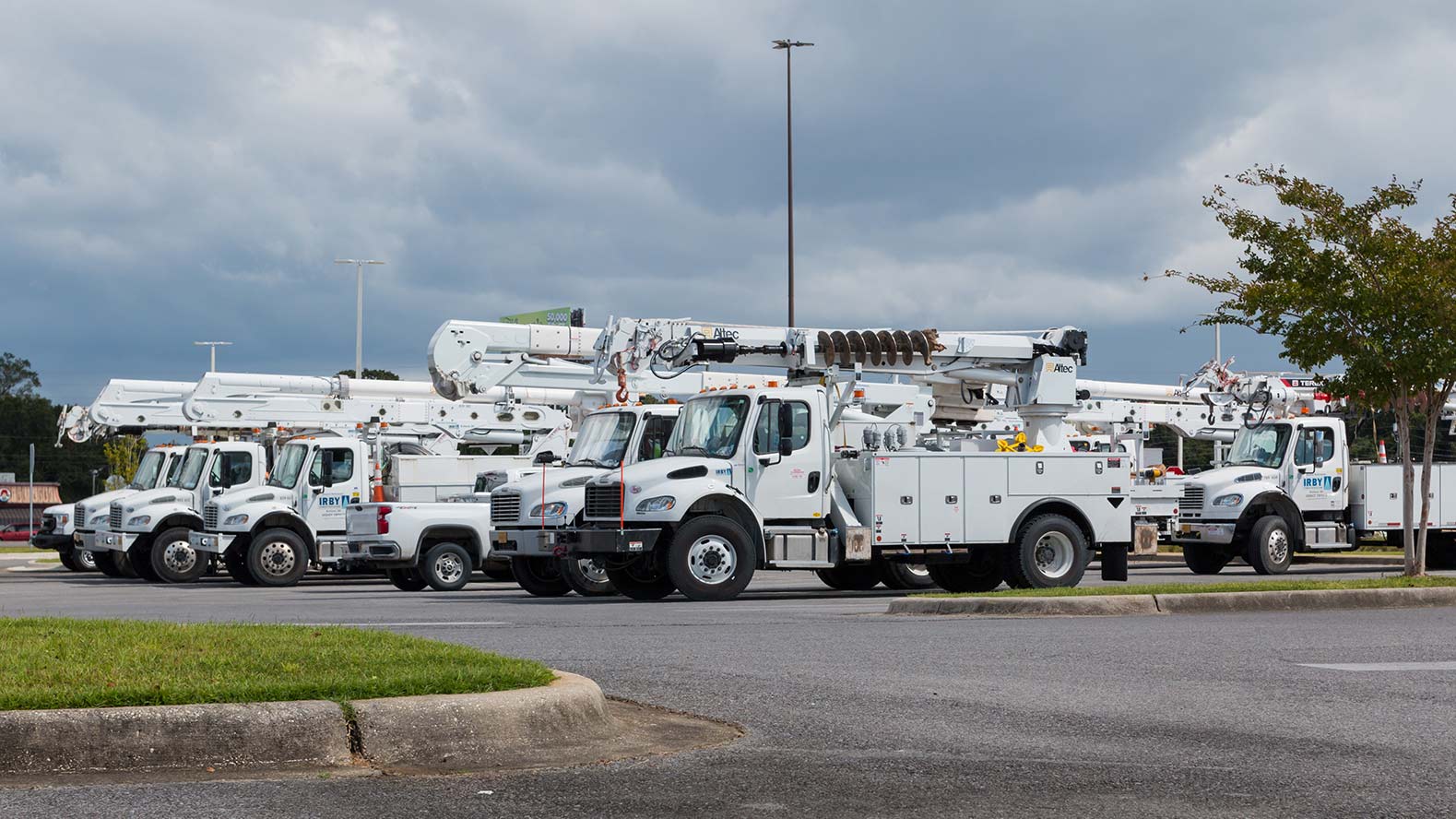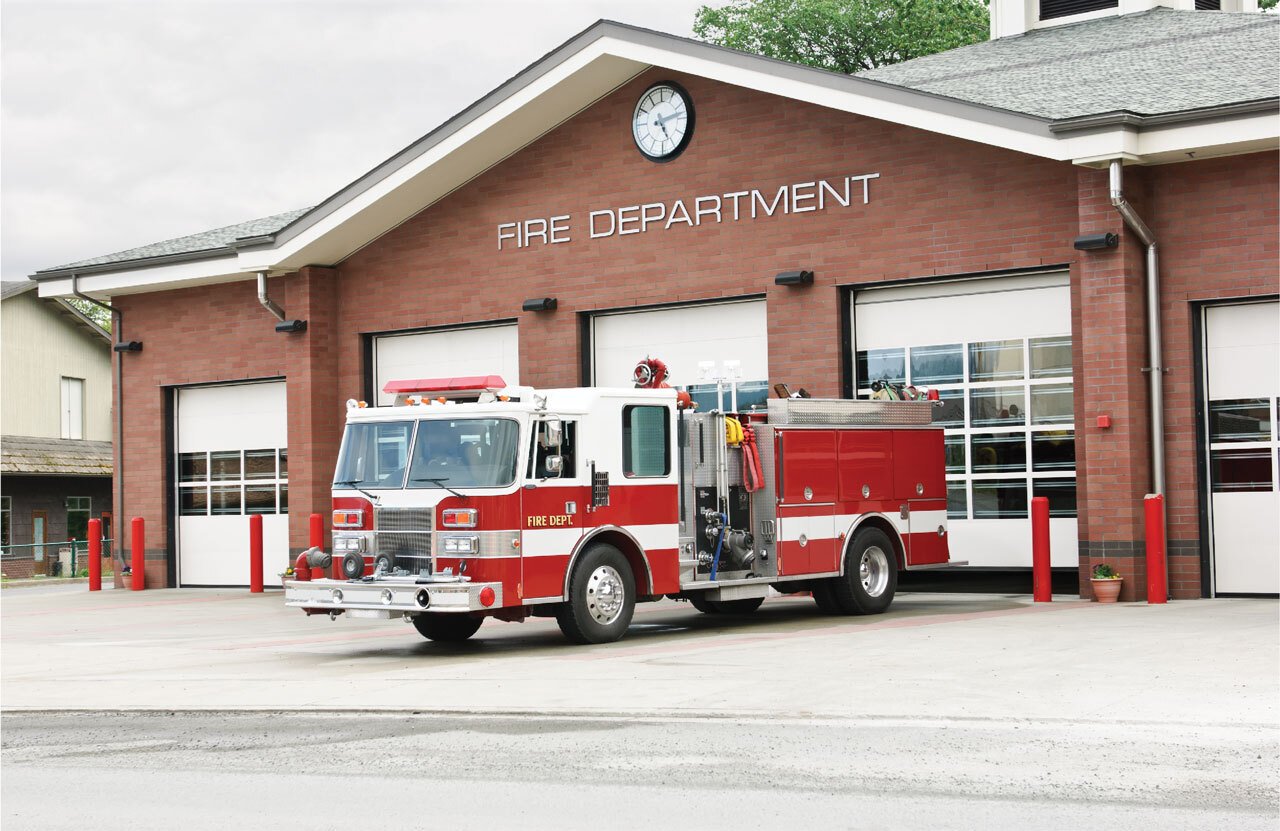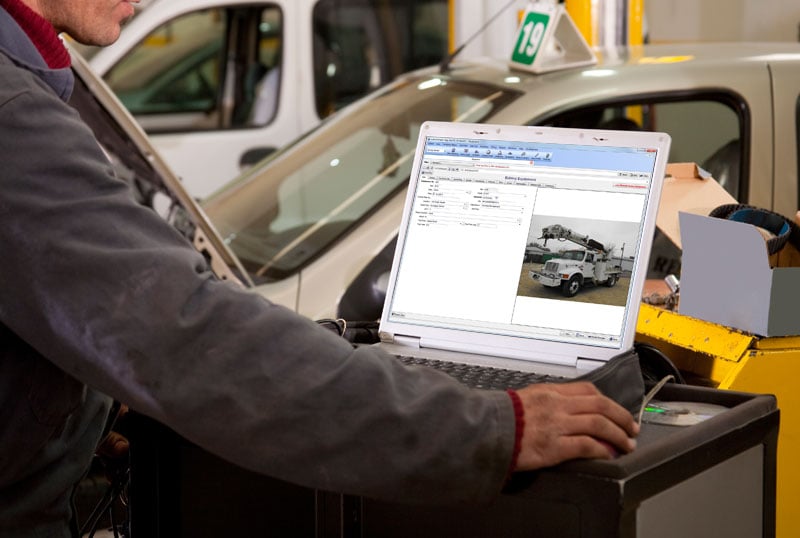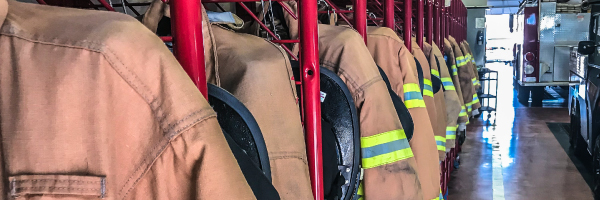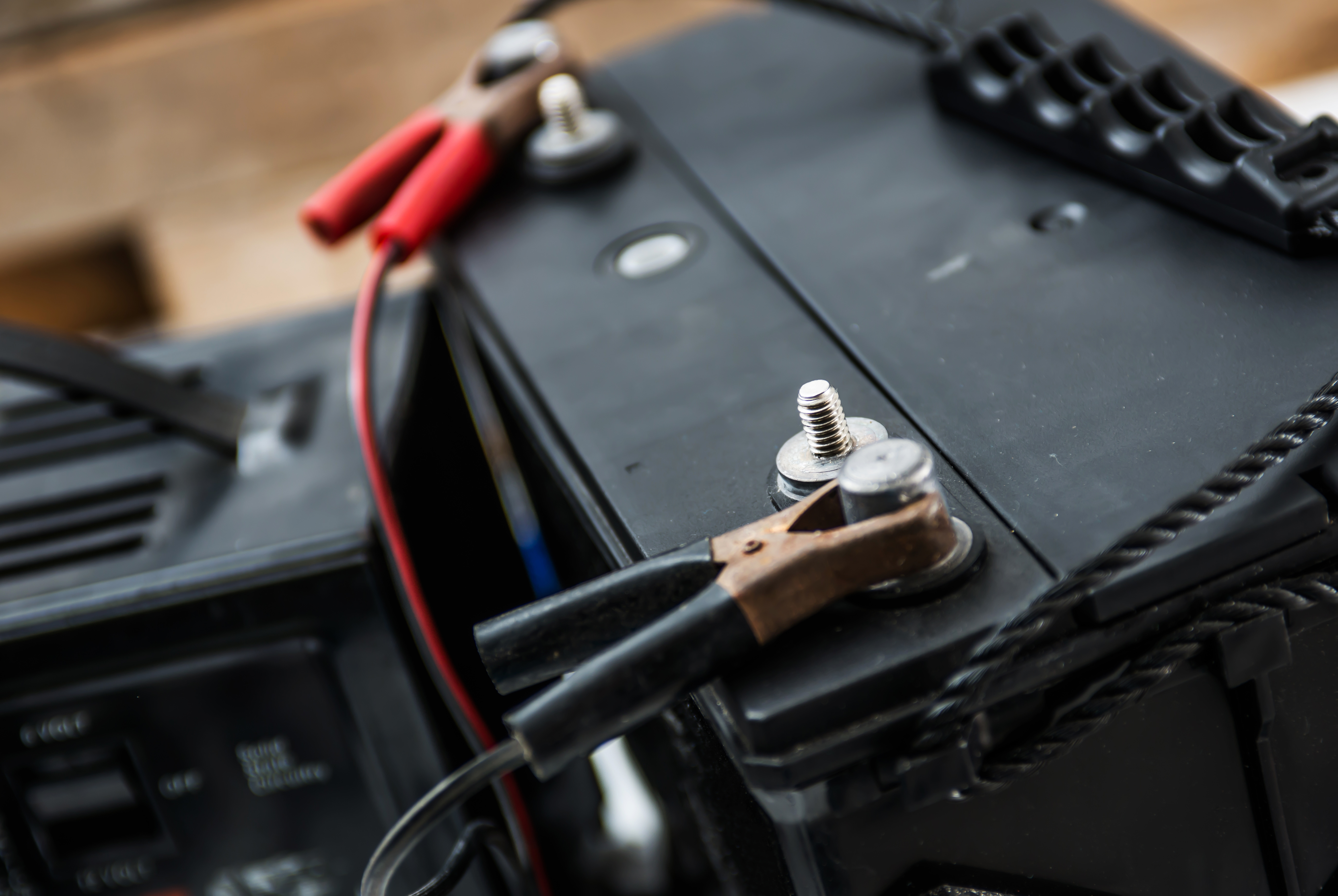As year-end approaches, and it’s time to perform physical inventory counts of the assets and supplies that your agency has on hand, view this activity as more than a compliance chore. Proactive organizations see it as an opportunity to improve operational efficiency. Year-end inventory audits are challenging for any organization but for law enforcement agencies, the stakes are even higher. A quartermaster team or supply room manager must ensure all sworn and civilian employees have what they need to get their jobs done, safely. In addition, gear and supplies are typically purchased with taxpayer or grant dollars and must be accounted for. How do you account for what you have on hand with confidence and begin to make projections (and budget) for what you will need in 2021?
Take these five steps to make the year-end inventory process go more smoothly and provide more efficiency for your agency:
1. Assemble an inventory “team” and determine when the inventory will take place
2. Organize your inventory to prepare for your count
3. Identify what steps your organization will need to take for inventory day
4. Determine how you will do the count
5. Analyze and record the information to help you make more accurate projections
Assemble the team and determine the timing of your inventory audit
As you plan, schedule your inventory day far enough in advance that you give yourself plenty of time to prepare. A good practice is to have about 30 days to prep. It is ideal to schedule your count at a time that will not be busy in your location(s).
If you are fortunate enough to have help, plan the team that will be doing the prep and counting. When selecting counters, choose seasoned employees as well as those who can provide fresh eyes. A key part of planning your staff, is communicating with them the importance of their role in the overall success of the inventory. Share with your team the tasks they are assigned and create a centralized location for tracking progress of the preparation.
Depending on the size and number of items being counted, an organization may want to designate specific individuals to perform re-counts of certain items or all items during the process. This second set of eyes is helpful in identifying any counting errors.
You may also consider conducting a dry run a few days before the count to identify any potential roadblocks.
Organize your inventory to prepare for your count
A majority of your prep work will be organizing your assets and supplies for count. Make a map that includes dates that each section is expected to be ready to count. Assign members of the team that will prep and count each section. If you have a warehouse or large supply room, it is best to start there, as your team will be able to maintain the prep work once it is done. If you have off-site inventory (such as equipment in patrol cars or SWAT rigs), don’t forget these in your map and timelines.
Identify what steps your organization will need to take for inventory day
Identify what it will take to organize your inventory for counting day. Locate items without barcodes and decide if you will generate and affix barcodes or prepare them on a manual count sheet. You can use barcode software and printers to generate and print barcodes for your inventory. This streamlines the process, improves accuracy and reporting capabilities.
Designate a space or sign that will clearly identify items that will not be counted. Any defective or obsolete product should be disposed of and removed from the count area and written off from the system quantity. It is important that any receivables/transfers are frozen and staged in an area that has been designated to not be counted inventory day.
Determine how you will do the count
Establish with your team how you will conduct your inventory count. Traditionally, physical counts are done with pen and paper. While this can get the job done, it requires an extra step for someone to enter all the data (and enter it accurately). Using a scanner application, like Zebra® will make counting your inventory a breeze. The scanner app will sync completed counts with your inventory management software, such as collectiveQuartermaster, so once you’re done counting, you can easily update your stock levels and determine what needs to be ordered. Scanner companies like Zebra® provide tethered and wireless scanner options to assist with your counts in even the most remote locations.
Analyze and record the information to help you make more accurate projections
Pull up your inventory reports and analyze the data to see what can be done to improve your organization’s efficiency. Use this information to identify high risk categories and adjust standard practices to minimize losses in these areas. A good practice to adopt would be to have frequent cycle counts of areas or items that show significant discrepancies. This will help you in identifying trends within your organization.
Auditor’s Role
Your organization may have an external audit team (or company) that will be present during your physical inventory count. They aren’t there to help you count inventory. Instead, they will observe the procedures, review written inventory processes, evaluate internal controls over inventory, and perform independent counts to compare to your inventory listing and counts made by your internal team.
Be ready to provide auditors with invoices and shipping/receiving reports. They review these documents to evaluate cutoff procedures for year-end deliveries and confirm the values reported on your inventory listing.
Conclusion
This is by no means an exhaustive list of all areas where inventory counts can be improved. However, incorporating some or all of the steps listed above can go a long way toward streamlining your inventory count process, reporting accurate numbers, and having less headaches with your year-end audits.
Implementing bar codes and scanners in conjunction with an inventory management system, can drastically improve the accuracy (and ease) of your inventory counts—giving you real-time snapshots of what you have in your supply room and out in the field. If you are interested in learning more about automating your inventory process, contact us for more details or schedule a demo of collectiveQuartermaster.


